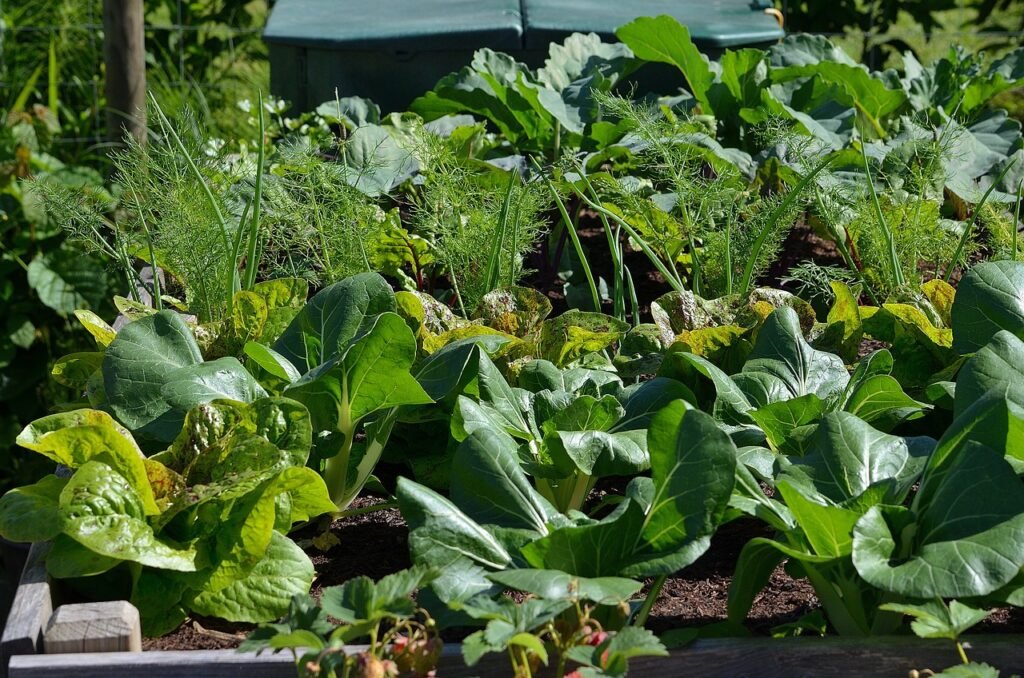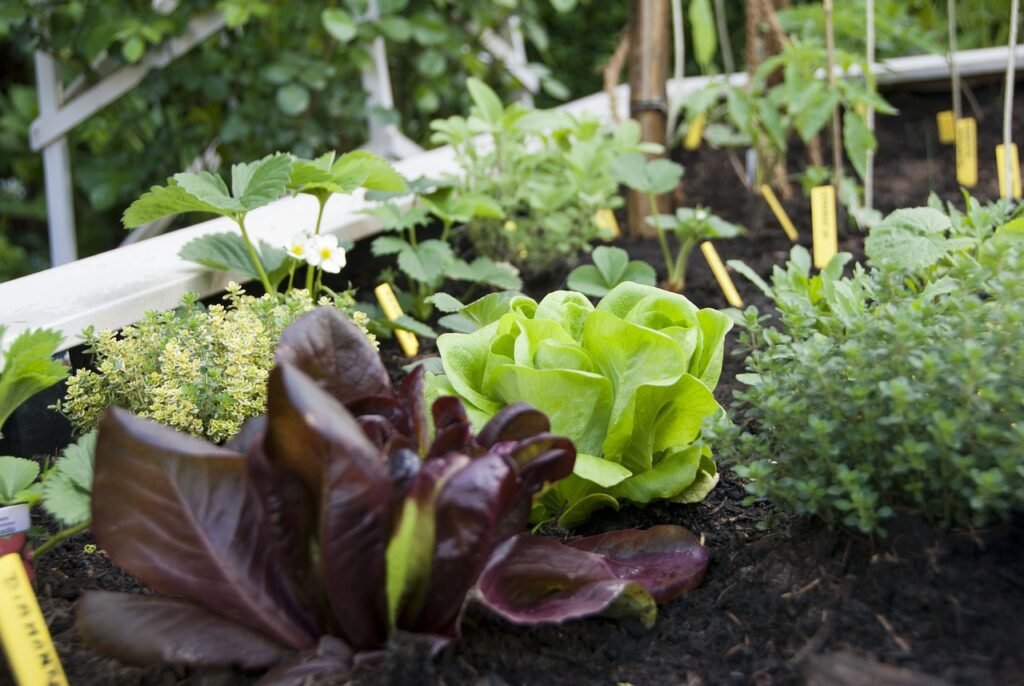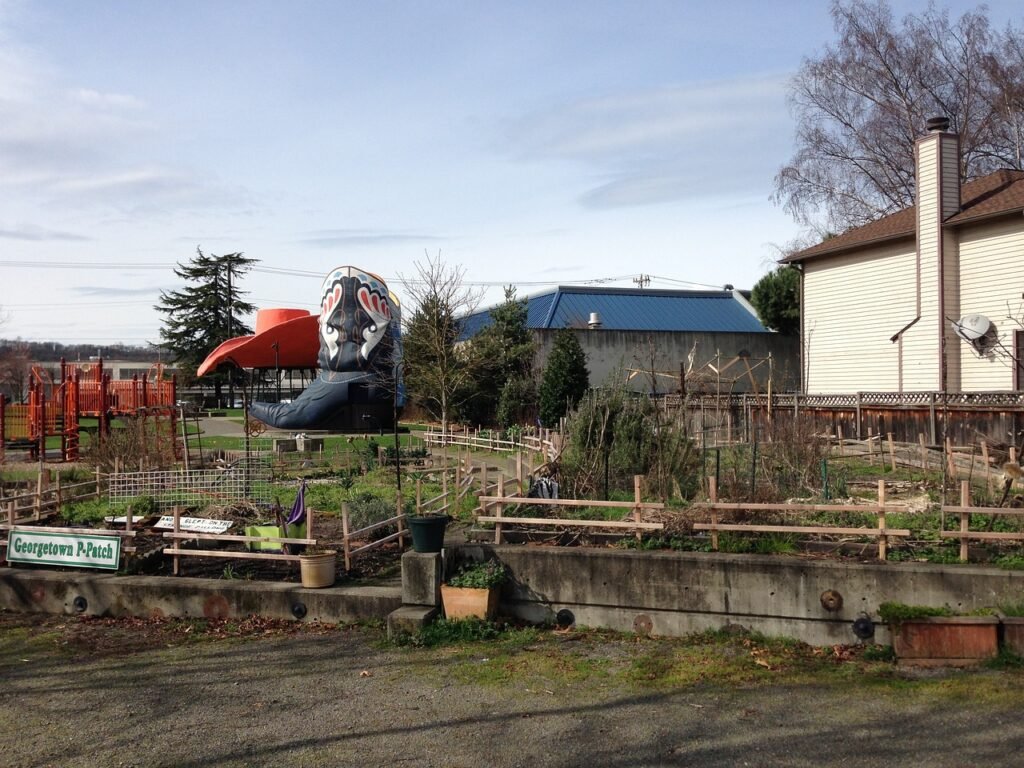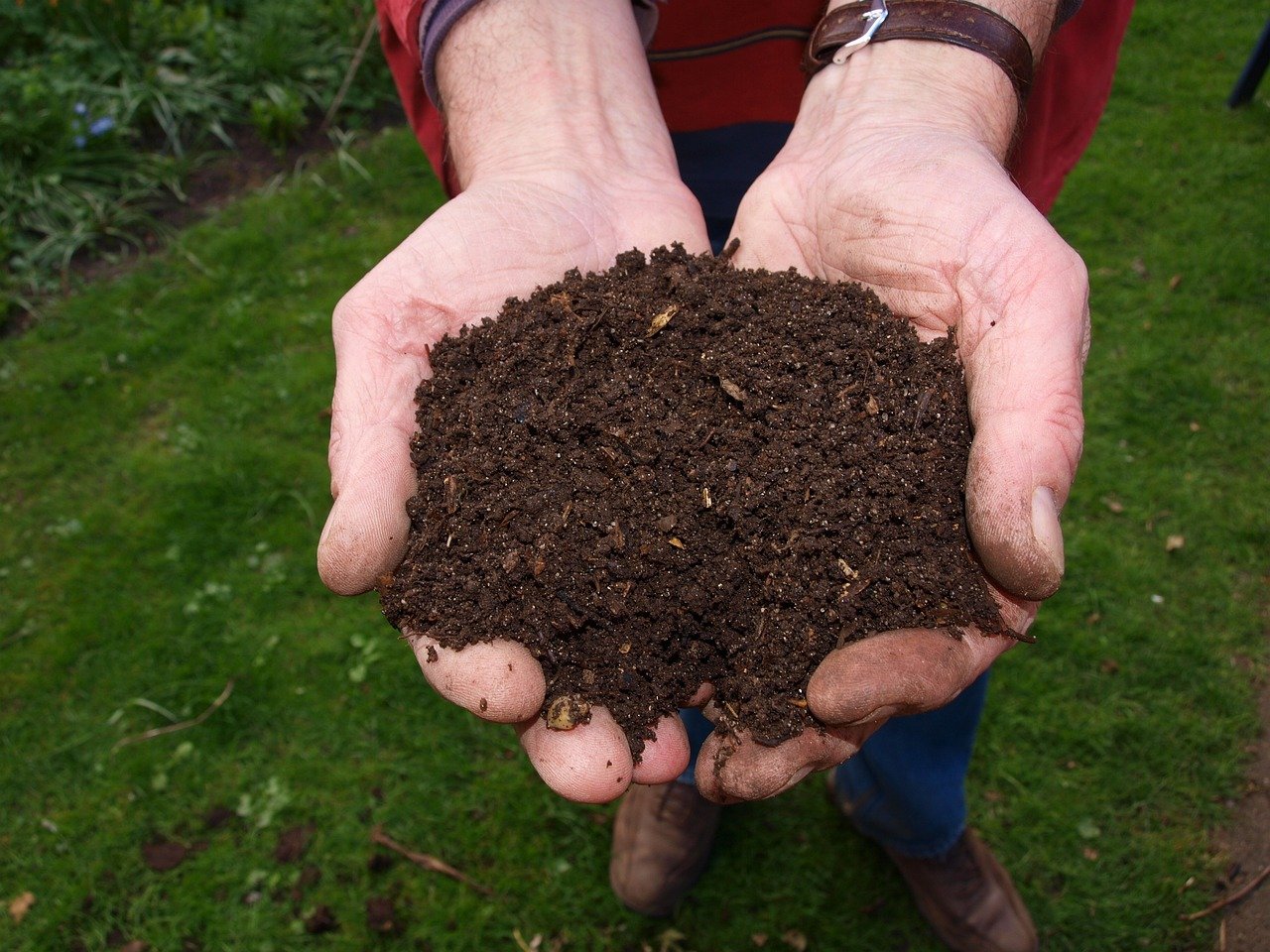
Intro
Urban gardening, often referred to as an urban revolution, has sparked a trend across the globe. From city rooftops to suburban backyards, this sustainable movement presents a chance to redefine outdoor space while also addressing issues like sustainability and self-sufficiency. More than just a hobby, urban gardening offers many benefits to individuals and communities.
Understanding What Urban Gardening Is

Urban gardening is an innovative approach to cultivating plants and food within the confines of a city. Sometimes referred to as urban horticulture or urban agriculture, this practice enables individuals to use non-traditional gardening spaces such as balconies, windowsills, rooftops, and even compact yards to grow a variety of plants.
Urban gardening is more than just planting in a small area; it’s about implementing creative techniques to maximize the use of available space. Methods such as vertical gardening, where plants are grown upwards instead of outwards, can multiply the available planting area. Similarly, hydroponics—a method where plants are grown in a water-based, nutrient-rich solution instead of soil—saves space and also conserves water.
In addition to these, container gardening is another common method, allowing for the cultivation of a variety of plants in pots, boxes, and other containers, making it ideal for balconies and patios. Permaculture, another term you may come across, is an approach to gardening that seeks to create a sustainable and self-sufficient ecosystem, mimicking the diversity, stability, and resilience of natural ecosystems.
All these techniques redefine how we perceive and utilize our urban spaces, proving that you don’t need a sprawling field to engage in agriculture or enjoy the benefits of gardening. As a versatile and adaptive movement, urban gardening empowers city dwellers to transform their environments into productive, green havens.
The Many Benefits of Urban Gardening

Embarking on the journey of urban gardening carries numerous advantages, both personal and environmental. A crucial aspect of its allure lies in its capacity to endorse sustainability. By cultivating local food, urban gardens can cut down on food miles, significantly reducing carbon emissions linked to long-distance food transportation. It also provides a means to recycle organic waste through composting, further reducing the amount of waste that ends up in landfills.
Urban gardening can create mini ecosystems in cities, hosting a wide variety of plant species, as well as insects, birds, and other wildlife. This biodiverse environment not only beautifies the cityscape but also contributes to a healthier urban environment by improving air quality and offsetting heat in concrete-dominated areas.
On a personal level, the act of urban gardening provides a therapeutic escape, offering stress relief and enhancing mental wellness. Nurturing plants can bring a sense of accomplishment and peace, offering a respite from the hustle and bustle of city life. Additionally, it provides an economical means to acquire fresh, organic produce right at your doorstep. This not only saves money but also ensures that you have control over what you consume, encouraging healthier eating habits.
Moreover, the aesthetic appeal of urban gardens can uplift the mood and improve the overall ambiance of your home or neighborhood. A blooming garden can provide a tranquil oasis amid the urban chaos, bringing joy and relaxation to all who visit or pass by.
In a nutshell, urban gardening serves as a platform to practice sustainable living, contribute to environmental preservation, enhance personal well-being, and foster a sense of aesthetic beauty in an urban setting.
How Urban Gardening Impacts Society Positively

The ripple effect of urban gardening reaches beyond individual gardens and has a broad, beneficial impact on society as a whole. Urban gardening can be a conduit for fostering stronger community bonds, as it encourages interaction among neighbors. It’s not unusual for an urban garden to evolve into a community garden where locals come together to tend shared plots, promoting cooperation, understanding, and unity.
Beyond boosting community spirit, urban gardens can also act as a catalyst for neighborhood revitalization. These green spaces can transform neglected or underutilized urban landscapes into colorful, living canvases that add life, character, and beauty to the local surroundings. They can also become local attractions, drawing both residents and visitors, and even increasing property values in the process.
Another significant societal benefit of urban gardening is its potential to mitigate food insecurity in urban areas. With the prevalence of “food deserts” – neighborhoods where access to affordable, healthy food options is limited – urban gardens can serve as a vital source of fresh, nutritious produce. This can be especially impactful for low-income communities, providing an inexpensive way to access organic food.
Urban gardens can also be used as an educational tool to enlighten people of all ages about critical issues such as sustainability, food production, and nature conservation. Hands-on garden experiences can help cultivate an appreciation for the environment and an understanding of our food system.
Lastly, urban gardens contribute to biodiversity in cities, promoting habitats for various flora and fauna. This, in turn, can help balance the local ecosystem and improve the overall environmental health of the city.
In essence, urban gardening promotes healthier, more connected communities, serves as a solution to urban food deserts, provides educational opportunities, enhances urban biodiversity, and contributes to neighborhood beautification. These benefits affirm urban gardening’s vital role in creating more sustainable, livable, and resilient cities.
How to Start Your Own Urban Garden

Embarking on your urban gardening journey may seem challenging at first, but with some guidance, you’ll be able to transform your urban space into a green sanctuary. The initial step is to identify a spot in your home that gets plenty of sunlight, whether it’s a part of your yard, a balcony, or even a windowsill.
Next, choose plant varieties that can thrive in your local climate and the specific sunlight conditions of your selected space. Are you getting full sun, partial shade, or mostly shade? Knowing this will help you select the right plants.
Your chosen gardening method—be it container gardening, vertical gardens, or raised beds—will depend largely on the space you have. Containers are great for balconies and patios, while vertical gardens and raised beds can be good options for small yards. Check out our article on raised beds here https://earthenink.com/index.php/2024/02/13/unlocking-the-secrets-to-successful-raised-bed-gardening/
Once your space and plants are chosen, the next critical step is soil selection. It’s crucial to select a suitable soil and compost for your plants, as this will provide the nutrients they need to grow.
Start with plants that are known to be beginner-friendly. For instance, vegetables like lettuce and tomatoes, or herbs such as basil and parsley, can be excellent choices for novice gardeners.
A significant part of successful gardening is consistency. Establish a regular watering schedule based on the needs of your plants. Over time, you’ll develop a routine and get a feel for how to keep your plants happy and healthy.
Finally, keep in mind that patience is key. Gardens take time to establish, so don’t be disheartened if your green space doesn’t flourish overnight. With consistent care and attention, your urban garden will gradually bloom into a beautiful, productive oasis in the heart of your urban living space.
Tips to Thrive in Urban Gardening

To make your urban garden flourish, it is essential to implement a few key practices. One such practice includes crop rotation, especially if you’re cultivating vegetables. This strategy prevents the exhaustion of nutrients in your soil and helps maintain the vitality of your garden. Keep a keen eye on your plants for signs of pests or diseases. Opt for natural, organic methods to handle these issues to keep your garden healthy and safe.
Space management is crucial when gardening in an urban environment. Make good use of your vertical spaces by incorporating climbing plants or installing upright planters. If you’re cultivating on a balcony, be conscious of weight limitations. Opt for lighter pots and avoid overfilling them to prevent any safety hazards.
Keep in mind that urban gardening is not merely about planting seeds; it’s about crafting a balanced and sustainable ecosystem within your available space. This journey is one of continuous learning and experimentation. Never be afraid to try new plants, techniques, or setups.
Most importantly, enjoy the process. Your urban garden is a manifestation of your creativity and dedication. It’s not just about the fruits, vegetables, or flowers you produce, but the satisfaction derived from the act of nurturing and fostering growth within your space. Your urban garden is a living testament to the power of urban agriculture, and each day brings with it a new opportunity to learn, grow, and enjoy the fruits of your labor.




